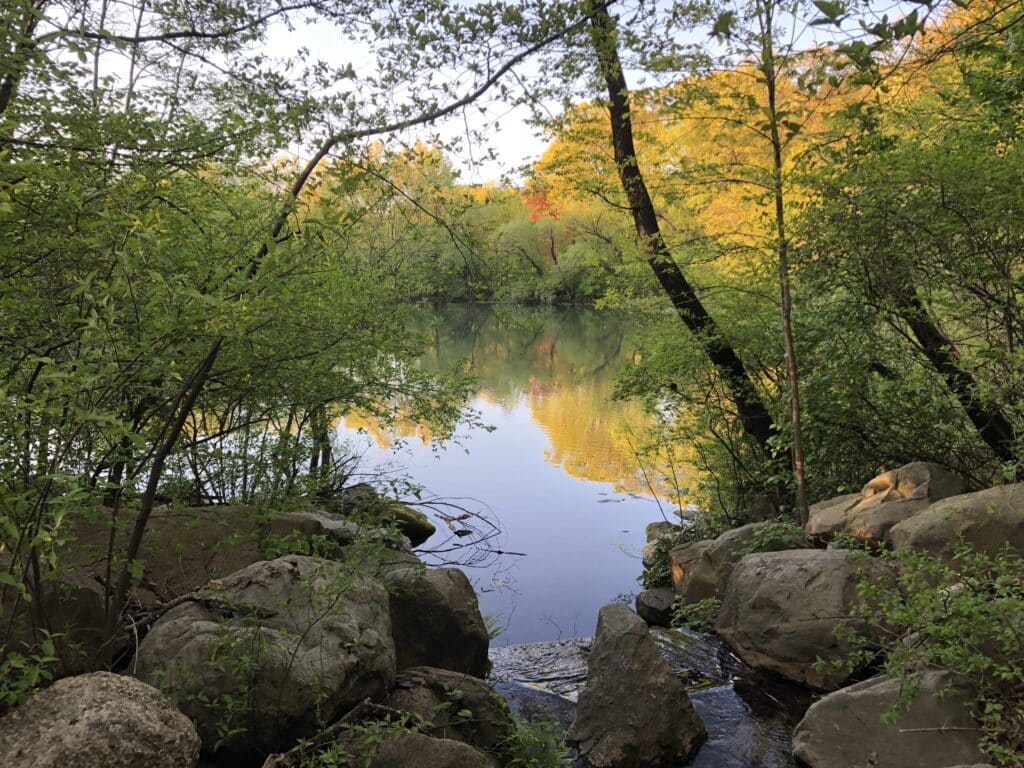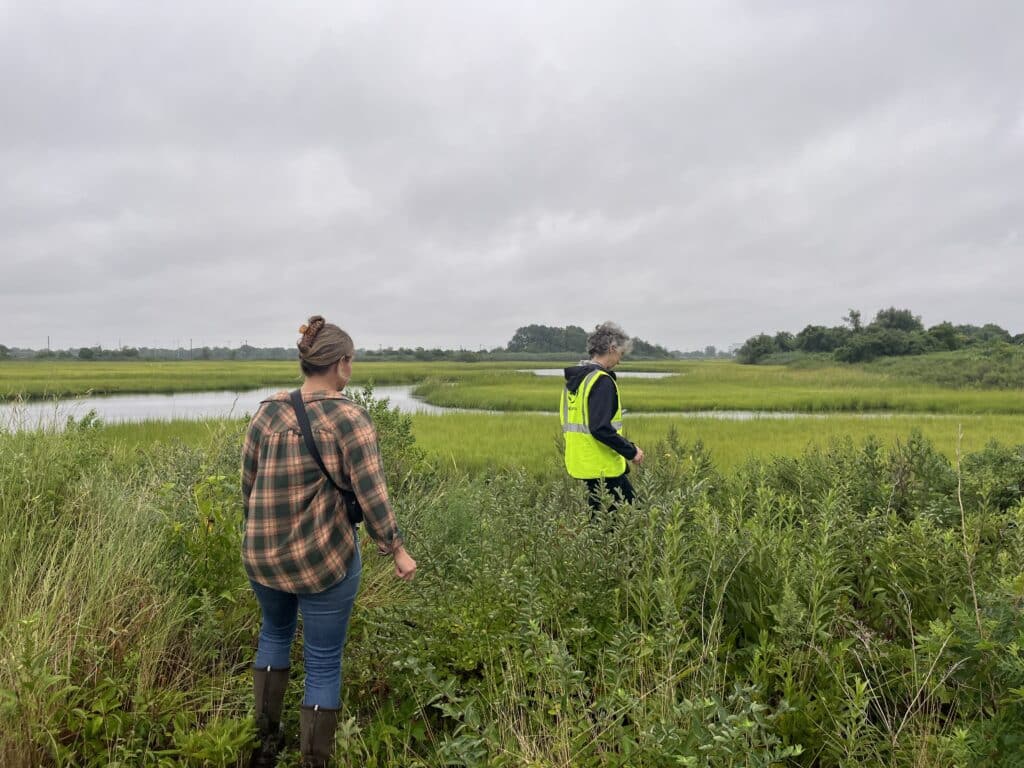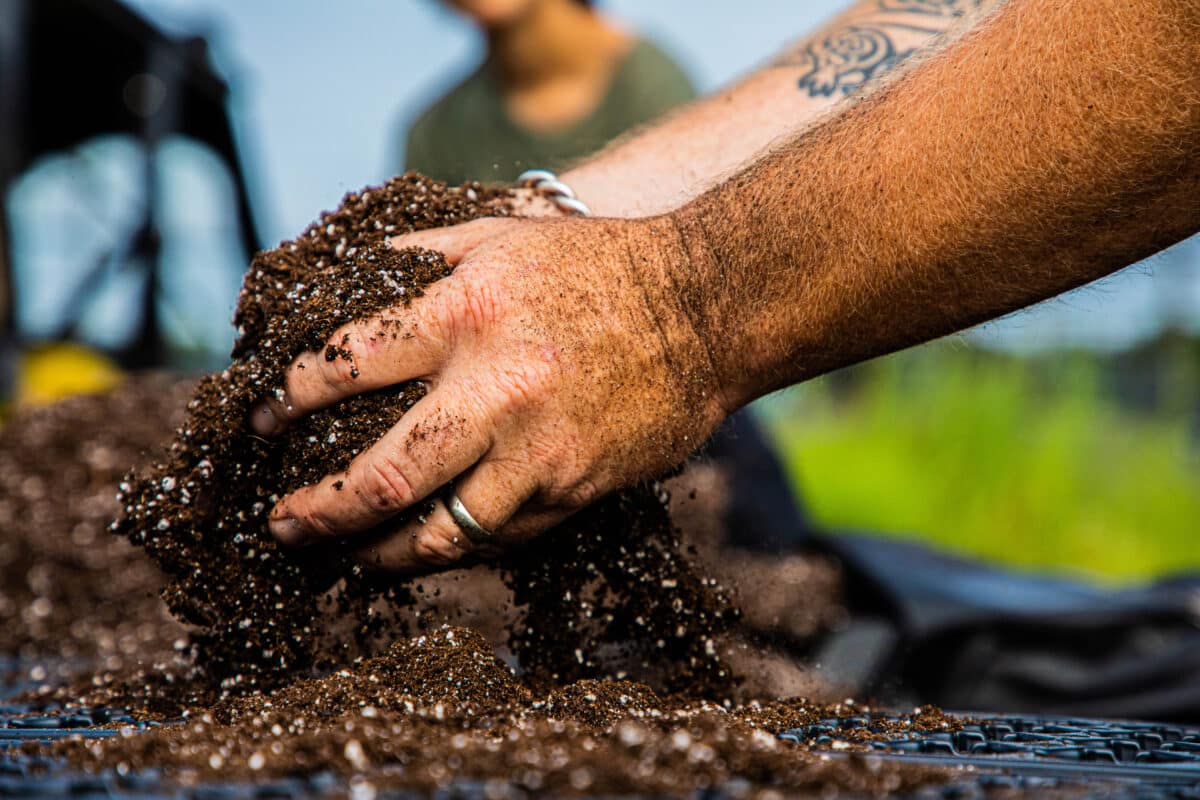Funding Forested Natural Areas: Recent Trends in New York City
By Helen M. Forgione, Sarah Charlop-Powers, Clara C. Pregitzer
By Helen M. Forgione, Sarah Charlop-Powers, Clara C. Pregitzer
The Natural Areas Conservancy developed and implemented a study to gather data on fiscal year 2017–fiscal year 2020 funding and resources allocated for forested natural areas care in New York City. The NAC developed a questionnaire for NYC Parks Division of Forestry, Horticulture, and Natural Resources (FHNR, now NYC Parks Environment & Planning) and a separate survey for local nonprofit organizations that work in NYC’s parks with forested natural areas. Full data for the years 2017 through 2020 was collected from all participants with NYC parks, providing supplemental budget data for fiscal years 2021 and 2022. This report provides analysis of the recent trends in funding and resourcing for forested natural area care in New York City and the implications for successful future management. Analysis of the four-year period demonstrates the annual variability in funding for forested natural areas as well as the complex patchwork of funding sources that support this work. Across all sources and types of public and private funding, we found that an average of $10.1 million was spent annually to care for 7,300 acres of forested natural areas in NYC.. During this four-year period, the majority (70%) of these funds came from the NYC Parks budget, but these funds were primarily allocated as one-year expense funding, which led to a staccato approach to hiring and retaining staff, and to planning multi-year projects. The remainder of funding was contributed by nonprofit conservancies (18%) and other sources (12%), including discretionary funding from the New York City Council and New York City Borough Presidents, mitigation funds (also referred to as restitution funds), and government grants. During this period, NYC Parks was provided on average $7.1 million annually from the New York City budget.
Read Report(this link opens in new window)
Urban stormwater management is a growing challenge in the face of climate change, especially in cities like New York with aging gray infrastructure and increasing impervious surfaces. This report, “Reducing Runoff: The Role of Urban Natural Areas in Stormwater Management,” presents a comprehensive analysis of how urban natural areas, including ...

Urban natural areas are crucial for enhancing city livability and environmental health but are often overlooked, underfunded, and missing formal protection, which leads to loss of ecological benefits, missed opportunities for community engagement and nature access, and overall loss of natural areas. Governance structures for urban forested natur...

In New York City, tidal wetlands are a critical part of coastal resiliency and provide numerous ecological and social benefits. State and federal wetlands mitigation regulations require that development resulting in wetland impacts offset those losses through wetland creation, restoration, and enhancement – with a ...
